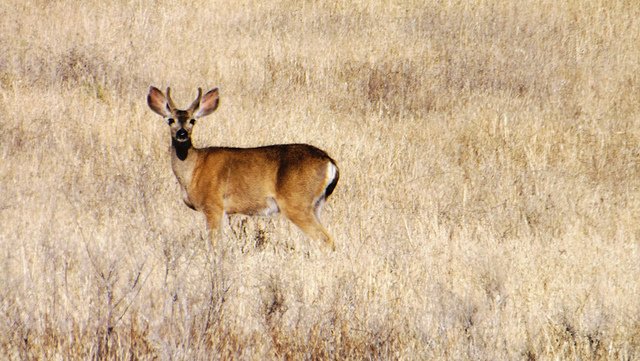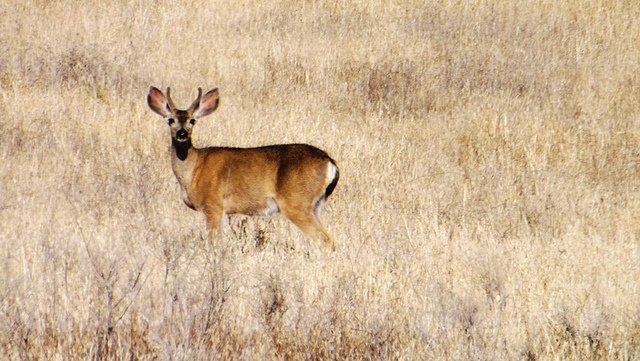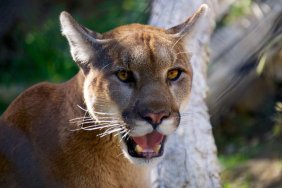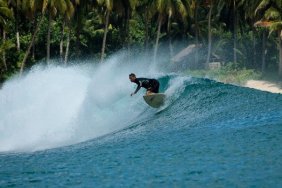
When you spend a lot of time in the woods, you develop a heightened sense of awareness—you notice things that most people don’t. In the last three years, as California keeps getting thirstier and thirstier, water sources are drying up faster than ever, leaving many of us wondering if our deer have moved to another state.
I am becoming more and more discouraged as I return to my usual grounds to scout. The woods have changed, and some of us are left scratching our heads.
Since 1991, California’s deer population has declined by almost half, mostly due to habitat loss, fire suppression methods and fragmentation. It is estimated that this year those numbers will continue to decline as drought is added to that factor. While California deer hunting already has the worst hunter success rates than any other, here are a few things to consider that may up your odds of getting a buck this year.
Think water
The fact that there are less watering holes during droughts might actually increase work in your favor, that’s why it’s important to get out before the season starts. Locate a water hole that you think will sustain itself and watch it. Odds are good that the deer know this too. Practice how you might be able to stalk, typical wind conditions, and well traveled trails leading to these watering holes. If it’s the only one around, there is a good chance that the deer will come.
Deer will conserve energy
Deer are hearty and smart. Like all creatures that have survived, they know exactly what to do when resources are down. Chances are that deer are going to travel less and be less active during a drought. This is good to know because once you find them, there is a good chance that they will only travel as far as they need to. If you know where they feed and water, make a plan. Once again, consider all the factors so that, come opening day, you’re in the right spot at the right time.
Food
A drought affects everything in nature including food sources. Less water equals less food. When you locate their food source, you know they will come to eat. It is likely that less food also will bring about more activity. Much of this is bound to be at night because of predators but chances are good that they will move around more looking for alternate food sources. Get out there and find those areas where deer have been eating and look for similar spots.
Think low and thick
Naturally, when it’s hot, dry and resources are limited, animals will instinctively know where to go. Usually this means that they will bed in low-lying areas that are dense. Think like a deer when you’re out scouting. Where would you go during the heat of the day? What makes the most sense? Where can I stay cool and camouflaged? Odds are that you will be right.
Pressure
Another thing to consider is that these animals are under stress from their circumstances. They are apt to stay away from more stress. This means that you might have to venture further into the woods to find them. Pay attention to your travel and make it as slow and quiet as you can. If you enter an area “guns blazing” and unaware, you are wasting your time. There is a delicate balance that needs to take place if you want to have success. The more you identify with the animal you’re hunting, the more likely you are to find it.
Photo credit: Flickr Creative Commons








